The new Country Life carpet collection from Brintons: Beautiful, British, and as soft as they are sustainable
This month sees the launch of Country Life’s first carpet collection, created in collaboration with Brintons. Giles Kime tells more.
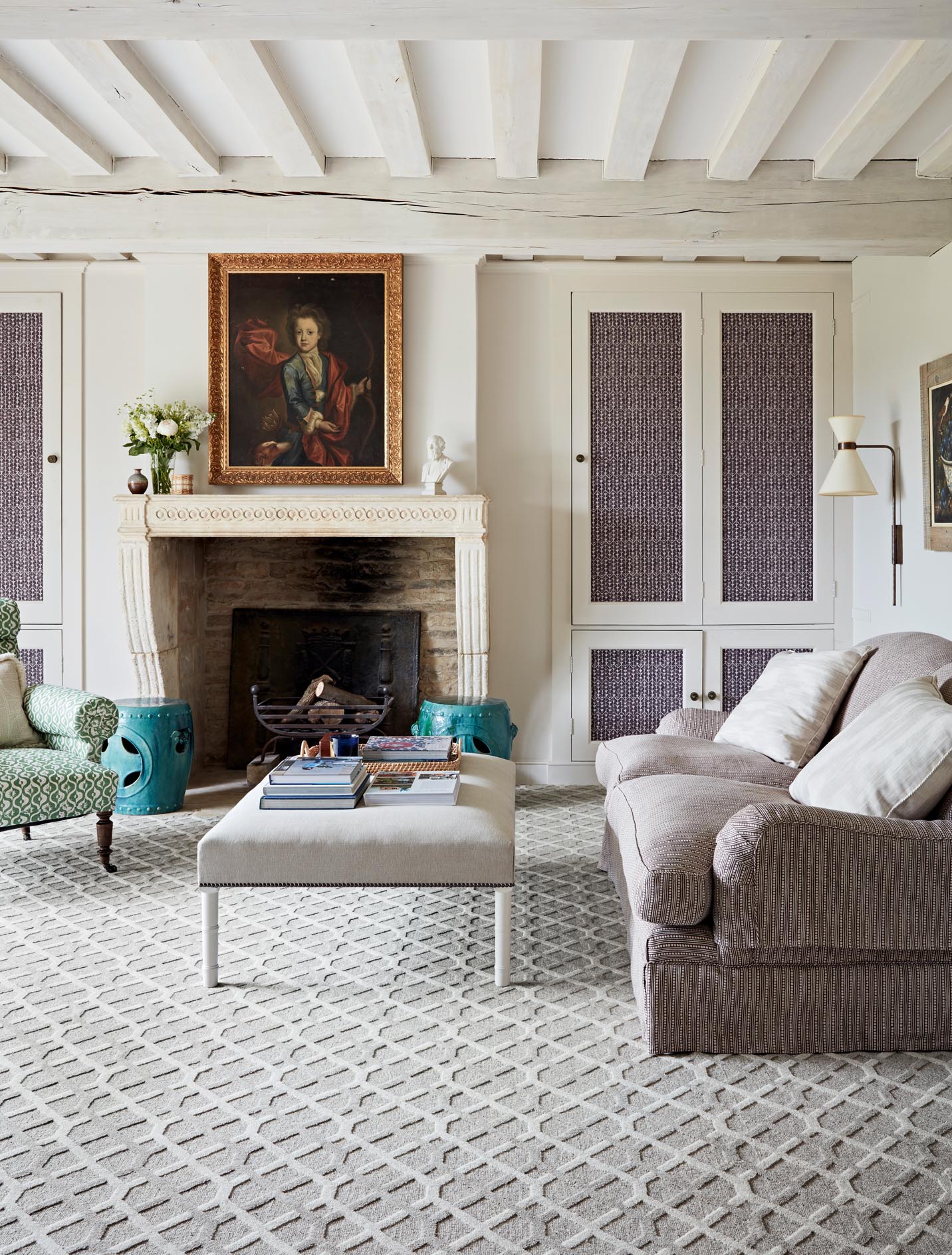

Brintons, located in Worcestershire, one of Britain’s oldest carpet manufacturers and supplier to some of the world’s best known buildings, from Buckingham Palace to the White House. Made from pure, undyed British wool, the carpets combine distinctive texture and a choice of beautiful natural shades to create a timeless result.
A natural palette
‘The inspiration for the project was to celebrate the subtle, flecked colours of natural wool,’ explains Jodie Hatton, Brintons’s residential design manager. ‘Using undyed wool is a new departure for Brintons and led us to develop designs drawn from Nature, looking at the shapes found in plants and wildlife and re-creating them in a three-dimensional, textural way.’ There are a variety of shades available in natural wool, from intense black to white. The Country Life Collection uses two combinations of four shades: grey and dark grey, called Cloud; light beige and beige, Bamboo. Both have been chosen as gentle hues that show off the soft lustre of undyed wool.
The designs
The Brintons Country Life Collection has four designs, priced from £75.99 per sq m in Cloud (the lighter grey colour you'll see here) or Bamboo (the beige colour). For stockists of the Country Life Carpet Collection telephone 0800 505 055 or visit www.brintons.co.uk
Verdure
A leaf motif inspired by the lush vegetation of the UK.
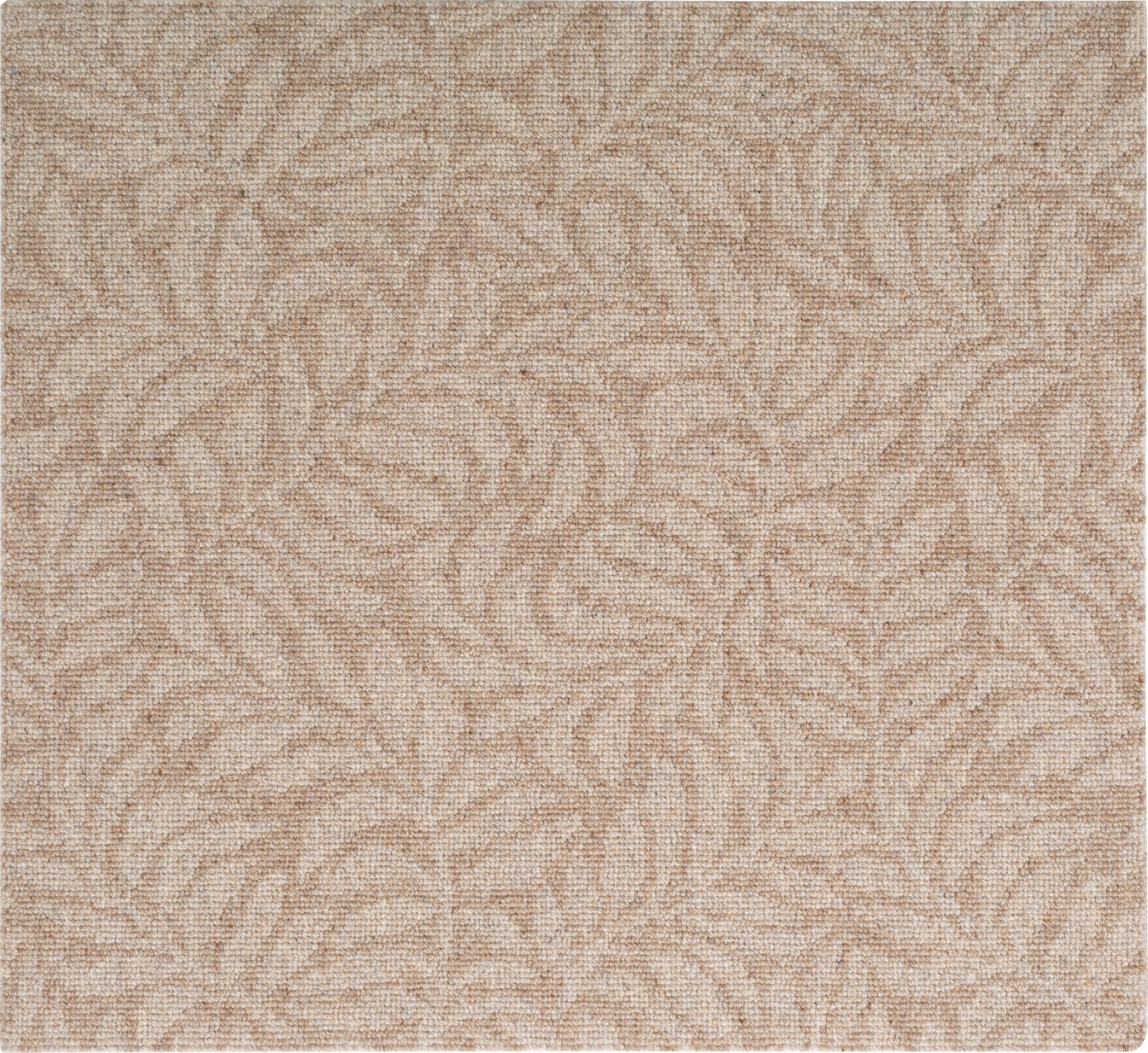
Vipera
Featuring a zig-zag pattern drawn from snake-skin.
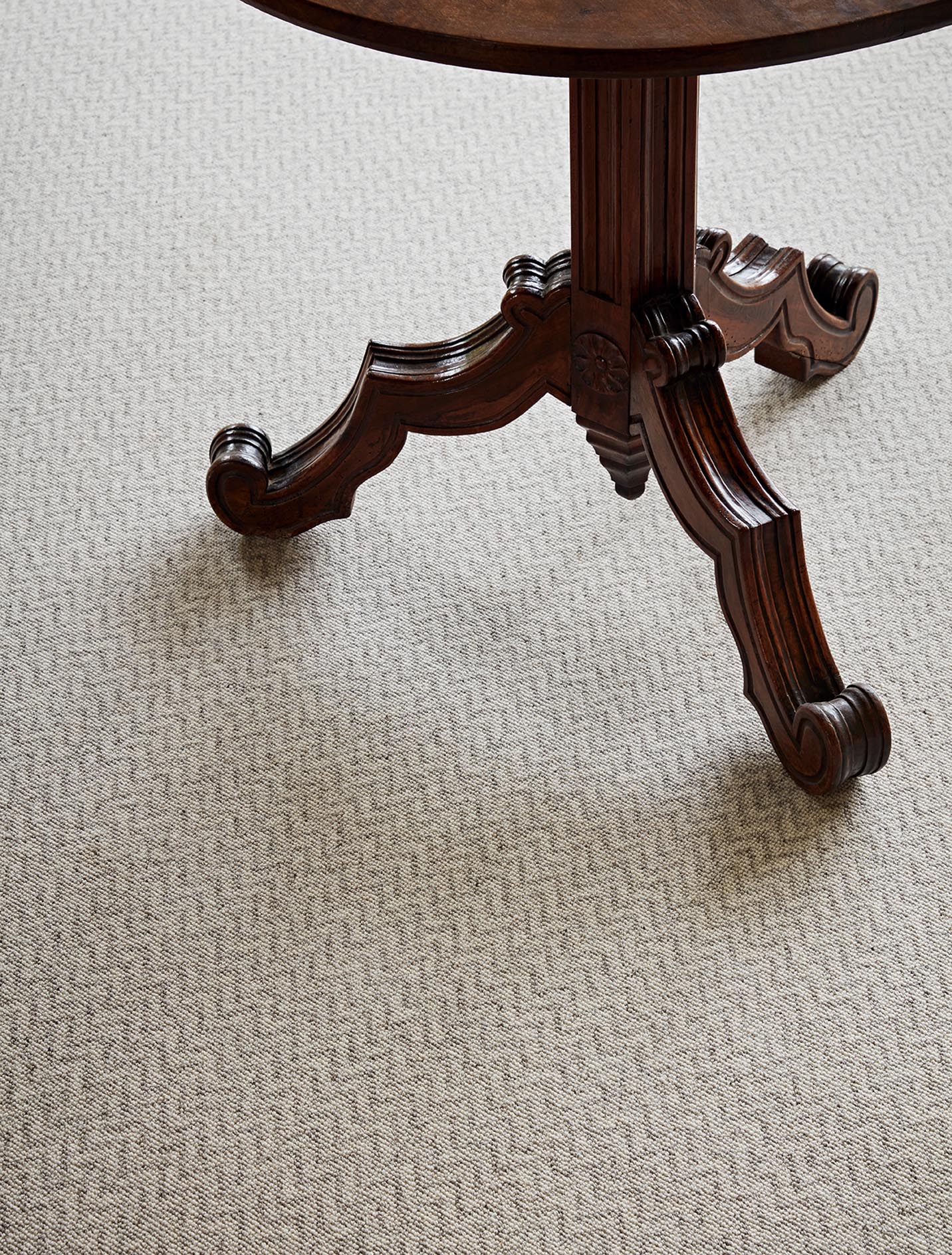
Kimberlite
A diamond-pattern, taking its name from the igneous rock named after South African diamond-mining town Kimberley.
Sign up for the Country Life Newsletter
Exquisite houses, the beauty of Nature, and how to get the most from your life, straight to your inbox.
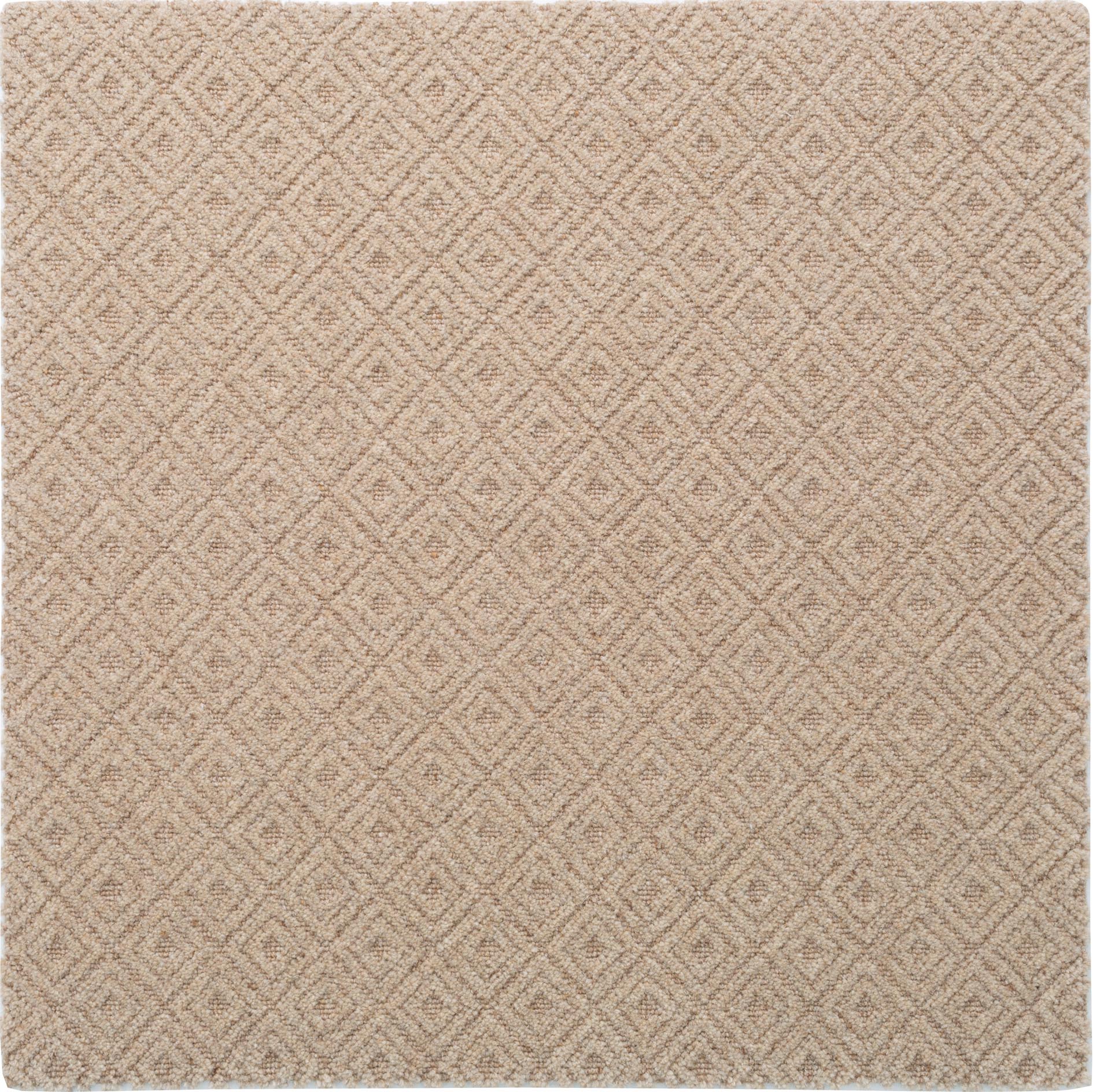
Plato
A hexagonal design named for the ancient Greek philosopher who believed he could describe the universe in shapes.
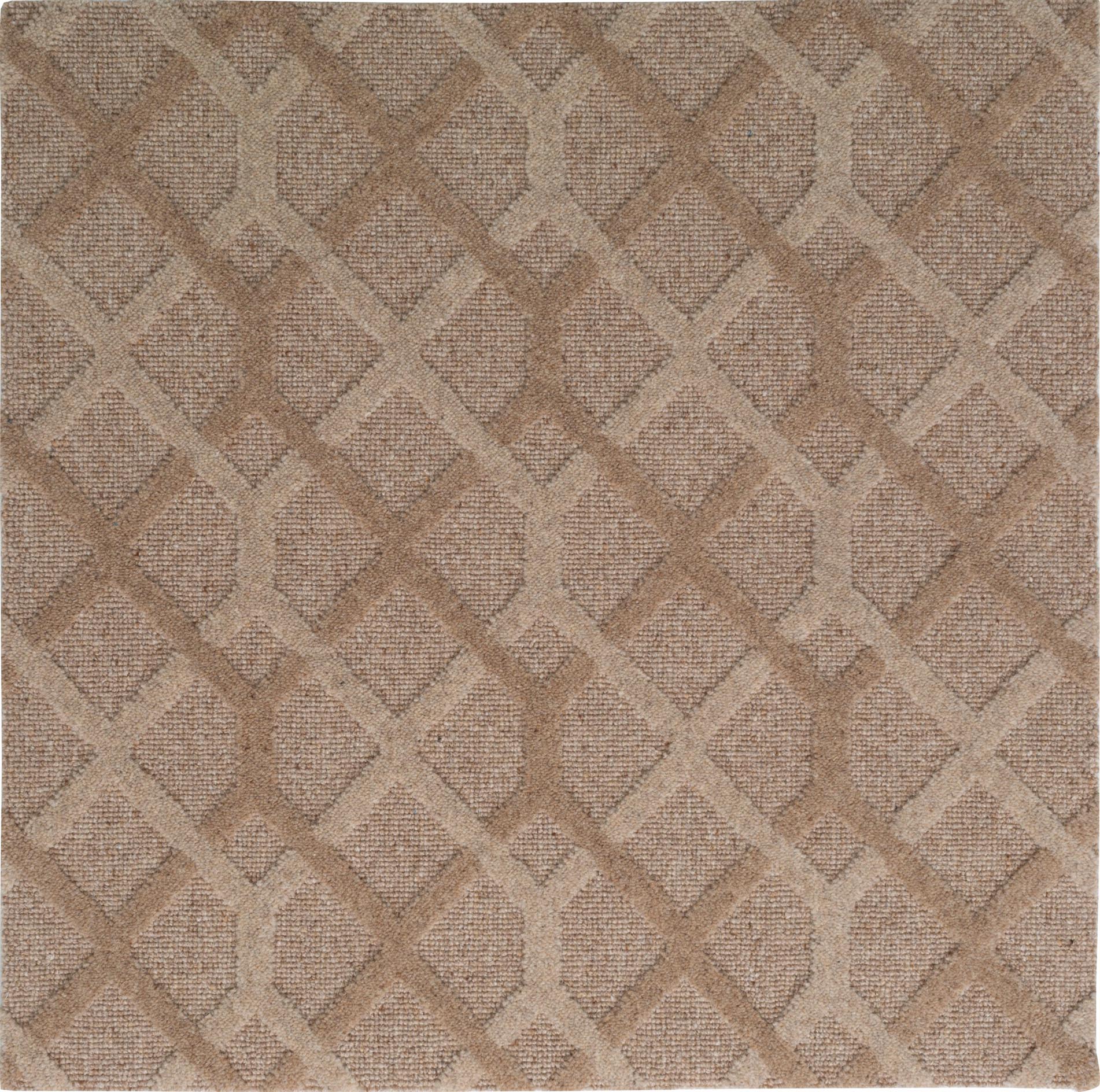
The innovative weave
To create the three-dimensional effect, the designs are woven using an unusual technique. ‘Brintons is a traditional cut-pile carpet manufacturer and this is the first time we have made a cut-and-loop collection, a technique that allows us to introduce extraordinary texture to our designs,’ says Miss Hatton. In cut-pile manufacture, a knife shears across the woven pile, whereas in loop manufacture, the pile is made from a continuous series of loops. Combine the two and the result is different heights in the pile. ‘The tactile finish with the soft colours creates something subtly different and interesting with a contemporary twist.’
Why British is best
The collection is woven in pure British wool, known for its cocooning warmth and luxuriously soft feel. ‘We have the bulkiest wool in the world, which makes it notably good for carpets,’ says Haldi Kranich-Wood of British Wool, the UK sheep farmers’ co-operative.
‘Wool has inherent spring and resilience, so it recovers quickly from the pressure of feet, making it an ideal choice for floors.’
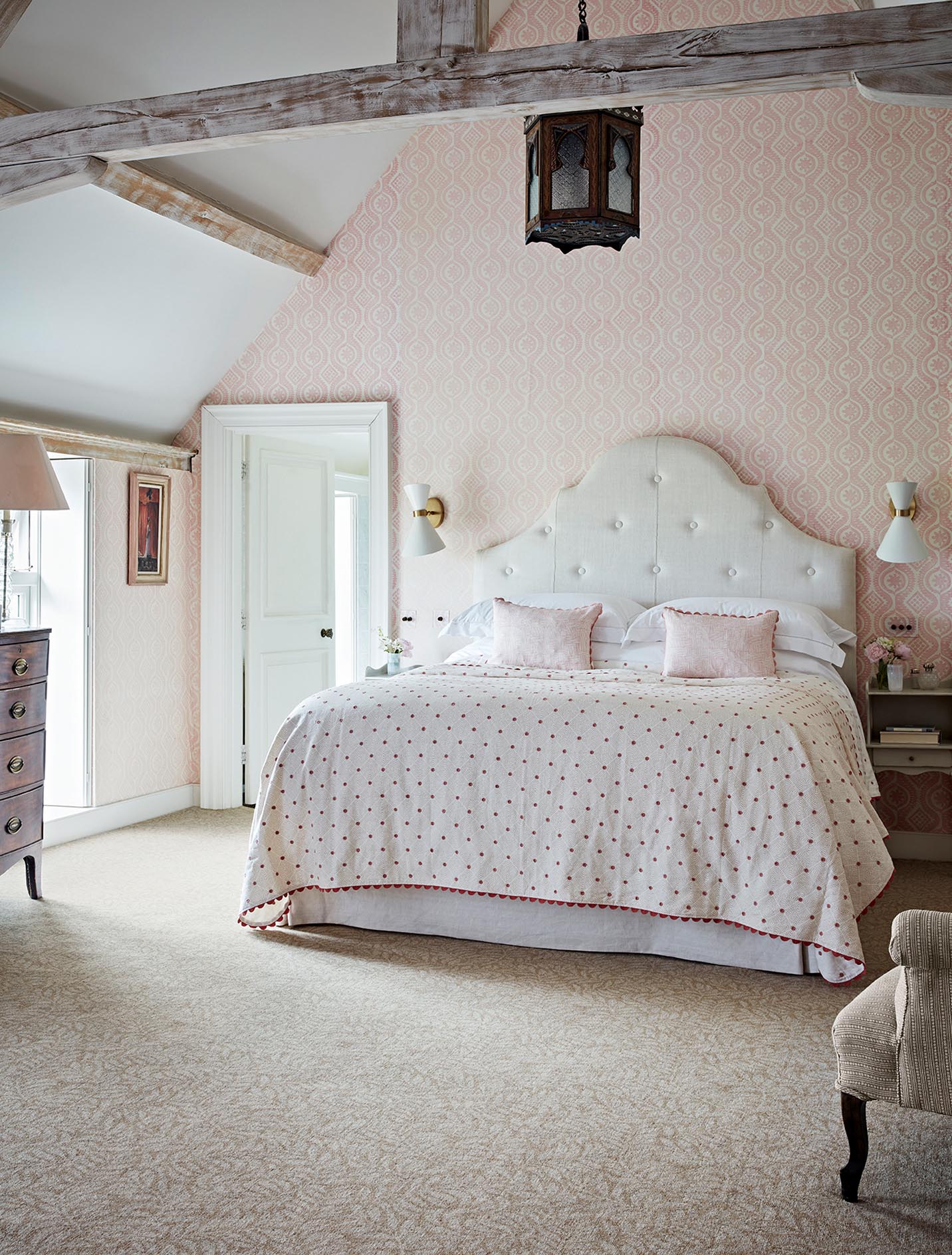
The benefits of wool
Wool carpet has plenty of attractions: it is biodegradable, naturally fire resistant and hypoallergenic, acting as a natural air filter that can absorb VOCs (Volatile Organic Compounds), and easy to care for, as the protective waxy coating on its fibres makes it resistant to staining and naturally anti-static. For lovers of peace and warmth, it absorbs noise and acts as an excellent insulator. ‘It is an extraordinary material,’ says Mrs Kranich-Wood.
The journey from fleece to floor
The process by which a fleece becomes yarn includes the blending of natural colours. ‘Each fleece arrives in a bundle categorised into colour groups’ explains Miss Hatton, ‘then we blend the various colours together to our recipe before the result is assessed and tweaked — we need to manually adjust the colour almost every time because of the natural changes in colour of the sheep’s fleece.’ Only when the blender is satisfied with the consistent nature of the colour does the wool get carded (combed) and spun into yarn in-house.
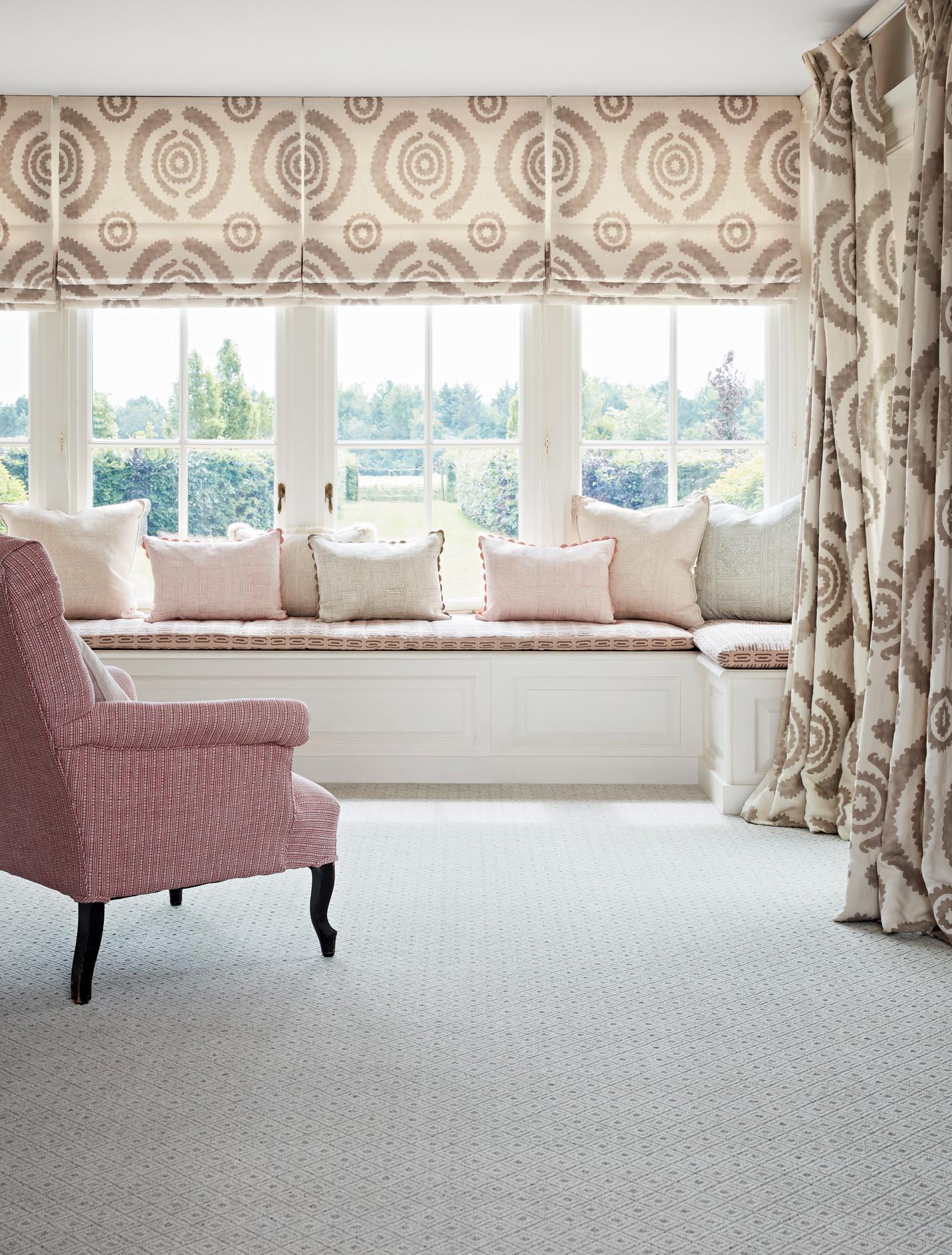
Brintons: Making history
In 1783, William Brinton began manufacturing carpet in Kidderminster, the Worcestershire market town that was fast becoming the centre of the British carpet-weaving industry. Just over a century later, the firm patented the Axminster loom, capable of weaving high-quality patterned carpets. It went on to pioneer the 80% wool-20% nylon yarn blend for softness with strength in 1950 — a formula used by many of the world’s best carpetmakers since.
Brintons has been supplying carpets to the Royal Household since 1958; it was one of the first companies to be granted a Royal Warrant during The Queen’s reign. The floors of the Kremlin, Kensington Palace and Cunard’s flagship liner, RMS Queen Mary 2, all have Brintons carpets. When hotel designers or heritage curators need inspiration or advice, they can turn to the company’s pattern library, which holds thousands of designs dating back to the 18th century, including design papers by Matisse and Picasso and one of the world’s largest private collections of antique Japanese katagami stencils.

The British sheep breeds which supply all of Brintons’ wool
Haldi Kranich-Wood notes that we have more than 60 pure breeds of sheep in the UK, with more than 100 different fleece-quality grades, offering good choice for everything from the softest baby blankets to the most hardwearing and luxurious carpets. ‘The UK has the most varied clip of any country in the world,’ she explains.
There are six main types: fine, medium, lustre, cross, hill and mountain, of which the last three are typically used in carpets. Brintons uses wool from a selection of breeds, chosen for their unique characteristics, including the following:
Blackface
A mountain breed primarily from the Scottish Highlands and hills of North-East England, it is said to date back to the 12th century when monks used its wool for clothing and exporting to Europe. It is a horned, black-faced sheep with white fleece, and black and white markings on both legs and feet.
Cheviot
A white-faced hill sheep with white fleece and distinctive Elizabethan-style ruff behind the ears, it is said to have been running on the Cheviot Hills in Northumberland since records began.
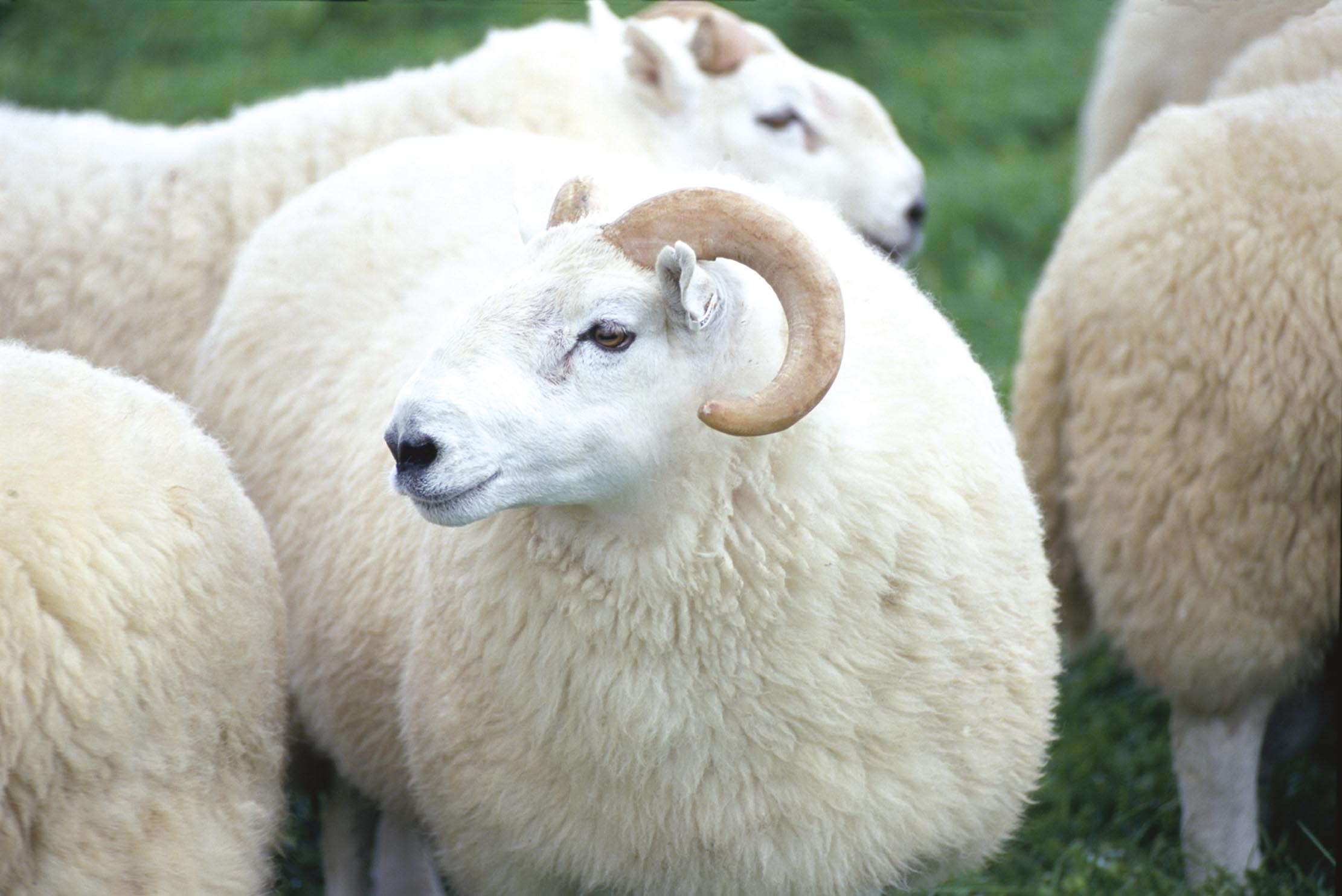
Hill Radnor
Hailing from the hills around Radnor, Hereford, Monmouthshire and Brecon, this hardy breed has a white/creamy fleece, grey nose and tan face and legs, with no wool on its face or legs.
Black Welsh Mountain
As its name suggests, this breed has a distinctive black fleece and comes originally from Wales — it is mentioned in Welsh documents from the Middle Ages. Now, it can be found further afield, too, in specialist flocks.
-
 'To exist in this world relies on the hands of others': Roger Powell and modern British bookbinding
'To exist in this world relies on the hands of others': Roger Powell and modern British bookbindingAn exhibition on the legendary bookbinder Roger Powell reveals not only his great skill, but serves to reconnect us with the joy, power and importance of real craftsmanship.
By Hussein Kesvani
-
 Spam: The tinned meaty treat that brought a taste of the ‘hot-dog life of Hollywood’ to war-weary Britain
Spam: The tinned meaty treat that brought a taste of the ‘hot-dog life of Hollywood’ to war-weary BritainCourtesy of our ‘special relationship’ with the US, Spam was a culinary phenomenon, says Mary Greene. So much so that in 1944, London’s Simpson’s, renowned for its roast beef, was offering creamed Spam casserole instead.
By Country Life